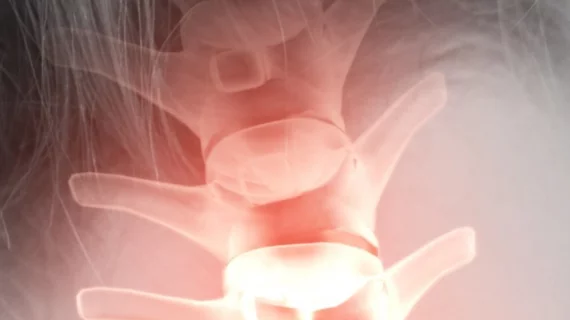MRI may help detect, monitor spinal muscular atrophy disease
MRI of the spinal cord may be an effective way to inform early treatment of spinal muscular atrophy (SMA) and monitor the disease, according to a case report published in the January-February issue of Clinical Imaging.
In this case, imaging helped identify signs of ventral nerve atrophy in the lower back of a toddler with SMA type 2. A telltale sign of SMA, ventral nerve atrophy and anterior horn cell degeneration are often only discovered during postmortem exams, the authors wrote.
For their report, researchers from the University of Florida College of Medicine in Gainesville analyzed a boy who had trouble latching during breastfeeding and bottle feeding at two months old, but achieved most developmental milestones.
At 19 months, doctors observed poor muscle tone in the boy and delays in developing typical motor skills for his age. While a brain MRI showed no abnormalities, scans of his lower spinal cord revealed signs of nerve atrophy when compared to a healthy infant of his age.
In additional to detecting SMA, the team wrote that their conclusions may have implications for outcome measurement in clinical trials and routine clinical practice.
“MRI is non-invasive and yields consistent, reproducible results,” wrote Garrett Smith, with University of Florida College of Medicine, and colleagues. “Longitudinal data regarding progression of ventral nerve root atrophy could provide a baseline against which to measure experimental therapies.”
While SMA screening in newborns is not currently recommended, recent therapeutic developments and efforts to begin screening have been undertaken in several states. The cost, sedation requirements for young patients and potential movement artifacts remain barriers for using spine MRI in these patients, the authors wrote.
Smith and colleagues also put forth their ideas for further cementing MRI’s role in SMA detection.
“The next step would be to analyze additional spine MRI data, both retrospectively and prospectively, to determine how consistently these findings are present in SMA, and to explore the potential use of advanced high-resolution spine MRI as a non-invasive biomarker for monitoring disease progression and responses to novel therapies,” they concluded.

